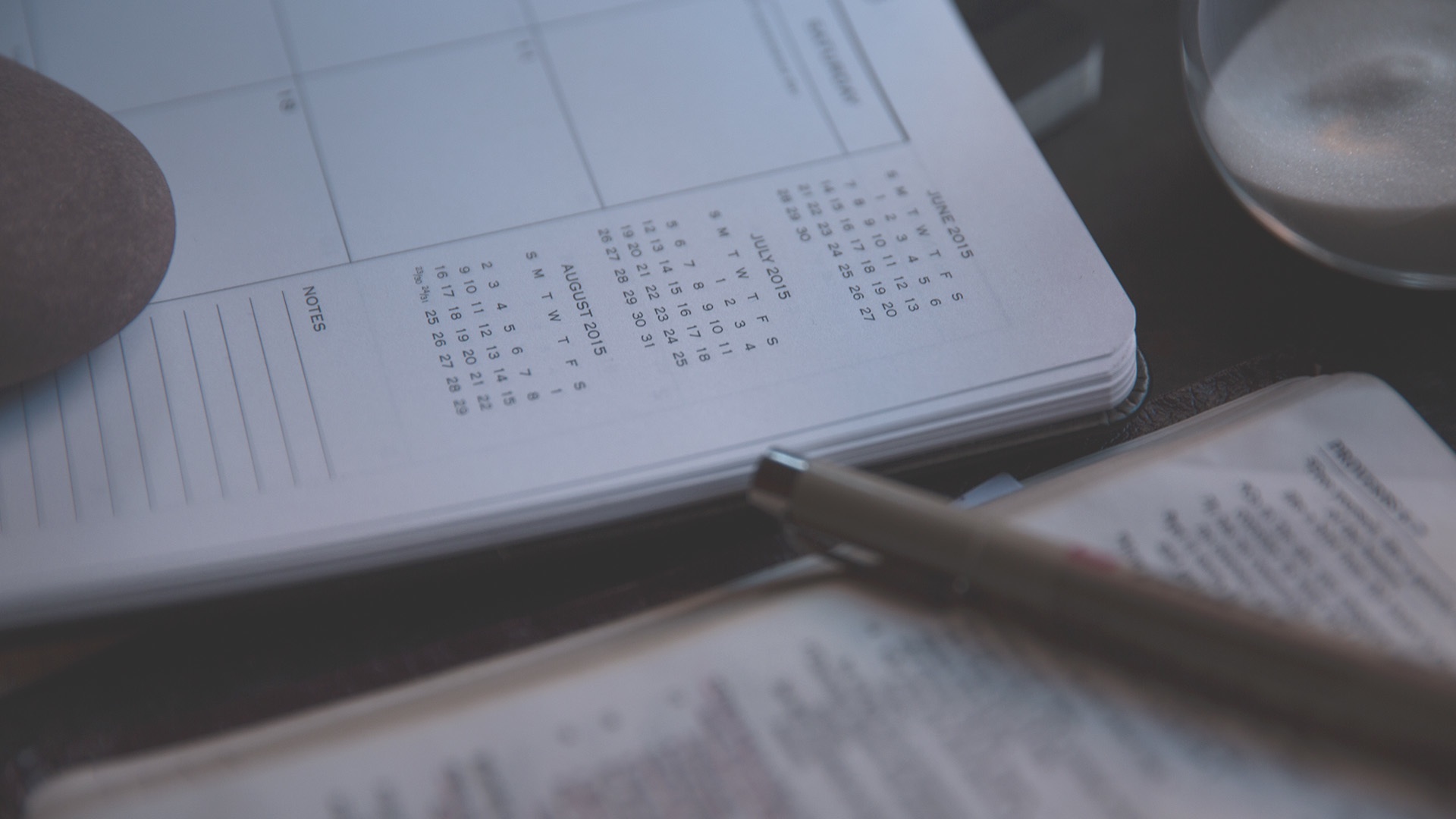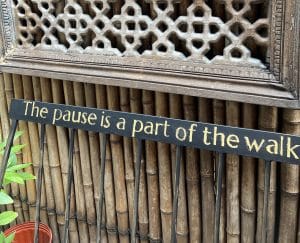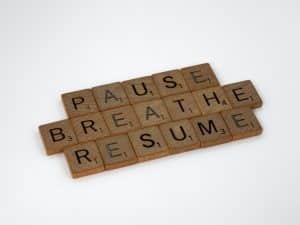
I know a thing or two about busy-ness. Probably much like you, most of my days include way more “to-do” items than a human could possibly get done in a day. I like to think it’s because we are naturally optimistic, but there are nights when I look at the half-completed list and think maybe “delusional” captures it better. Either way, not only does it quickly lead to feelings of intense “overwhelmia,” it leaves us zero time for mindfulness.
Sharon Salzberg, a renowned expert on mindfulness, has famously said that “Mindfulness isn’t that difficult; we just need to remember to do it.” But a lot of the time, who has the time, right? When we’re trying to do too much and mindfulness or meditation specifically becomes one more thing to do, it becomes a struggle. When we don’t get to it, then it’s another thing we failed at accomplishing, one more thing to judge yourself for being “bad” at. That’s the opposite of what we’re trying to achieve here. Mindfulness is about noticing without judgment, and accepting without struggle.
So, what can we do when we just can’t do more? I have a few suggestions.
First, find one breath. Just one can make a difference. Unless you’ve got bigger problems to manage, you were going to be doing it anyway, so it might as well be mindful, even if just for a second. If you really, truly can’t set aside ten, five, or even two minutes for an intentional breathing practice, then just focus on one breath. Notice the sensations of your inhale as you fill your lungs completely, and then feel your body release completely with your exhale. Use this space to connect to what’s happening right now, where you are, instead of in your mind. Inhale, exhale, proceed.
Second, find a focal point around you. Take a few seconds to observe the pattern on the curtains, the texture of your sweater, or the taste and consistency of that apple you just bit into, for example. Use your physical senses and the qualities of the present moment to connect to it. Sometimes when we’re super stressed, it’s hard to find our breath, or it may just not be where we want to focus at that moment. If this is the case, you can use your surroundings to check in and mindfully connect to where you actually are.
Third, break down your to-do list. If you’ve found your breath and appreciated a flower for a second and you just find yourself right back where you started, then maybe your list doesn’t consist of what we’d call “S.M.A.R.T.” goals (specific, measureable, attainable, realistic and time-bound). For example, “Clean house” might be more than you can do in a day, as might “Write annual strategic plan.” Maybe “Clean kitchen” and “Develop two one-sentence goals for strategic plan” might be more realistic for today. Both move you towards achieving your overall goal for your kitchen and your company, but they are potentially doable in a normal day. A few days with goals like that, and you might just have yourself a sparkling house and a vision for the future of your organization. Who says you can’t have it all?
Four, get yourself on the calendar. You knew I was going to say this, but we’re all so good about cramming every minute full of commitments, but we just can’t do that when it’s time for ourselves. Even if it’s only five minutes, schedule it in. The solutions I listed above are great in a pinch, but the idea here is to not always be in that mode. Whether it’s first thing in the morning, just after lunch, or right before bed, try making a mindfulness appointment with yourself. The best way to truly see the benefits of a mindfulness practice in your life is for it to actually be a practice – a regular, rarely-negotiable thing you do to take care of yourself, and help you be at your best for all those millions of other things you’re trying to do with your day.
A funny thing happens when you start using your time more mindfully, too: it feels like you have more of it. I know it seems counterintuitive, but training your mind to slow down and be present makes it less likely that you’ll lose time with unintentional trains of thought, worry, planning, or just plain mind-wandering. You probably see this in meditation. How much longer does two minutes of meditation feel than two minutes of driving without really paying attention to the road, or in conversation without really listening? Being mindfully checked-in allows us to realize how long a minute really is, and how full it can be when we are truly paying attention.
Photo credit: Brandon Redfern




7 thoughts on “Busybody”
another great post that I will be incorporating in my world…..a suggestion for a future post? what to do when that busy-ness is over, but you feel like you still need to be busy….if I’m honest with myself, my stressed time is over, but I feel like I need to keep the pace up….unfortunately, it feels like it takes 1-2 days for me to recognize the slower pace…..
Love this idea, Kendra! Will definitely be filing it away for a future post. Even if we don’t like “busy-ness,” we can get comfortable with the familiarity of it and strangely enough, uncomfortable without it. Thanks for the great food for thought!
Pingback: No-Fail Friday: On time | MindfulMBA
Pingback: Team spirit | MindfulMBA
Pingback: You and yours | MindfulMBA
Pingback: Hold it together | MindfulMBA
Pingback: No-brainer | MindfulMBA